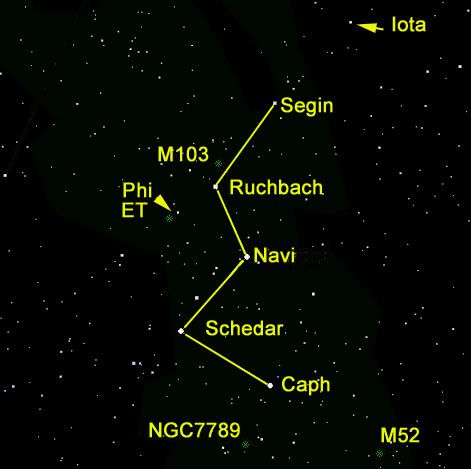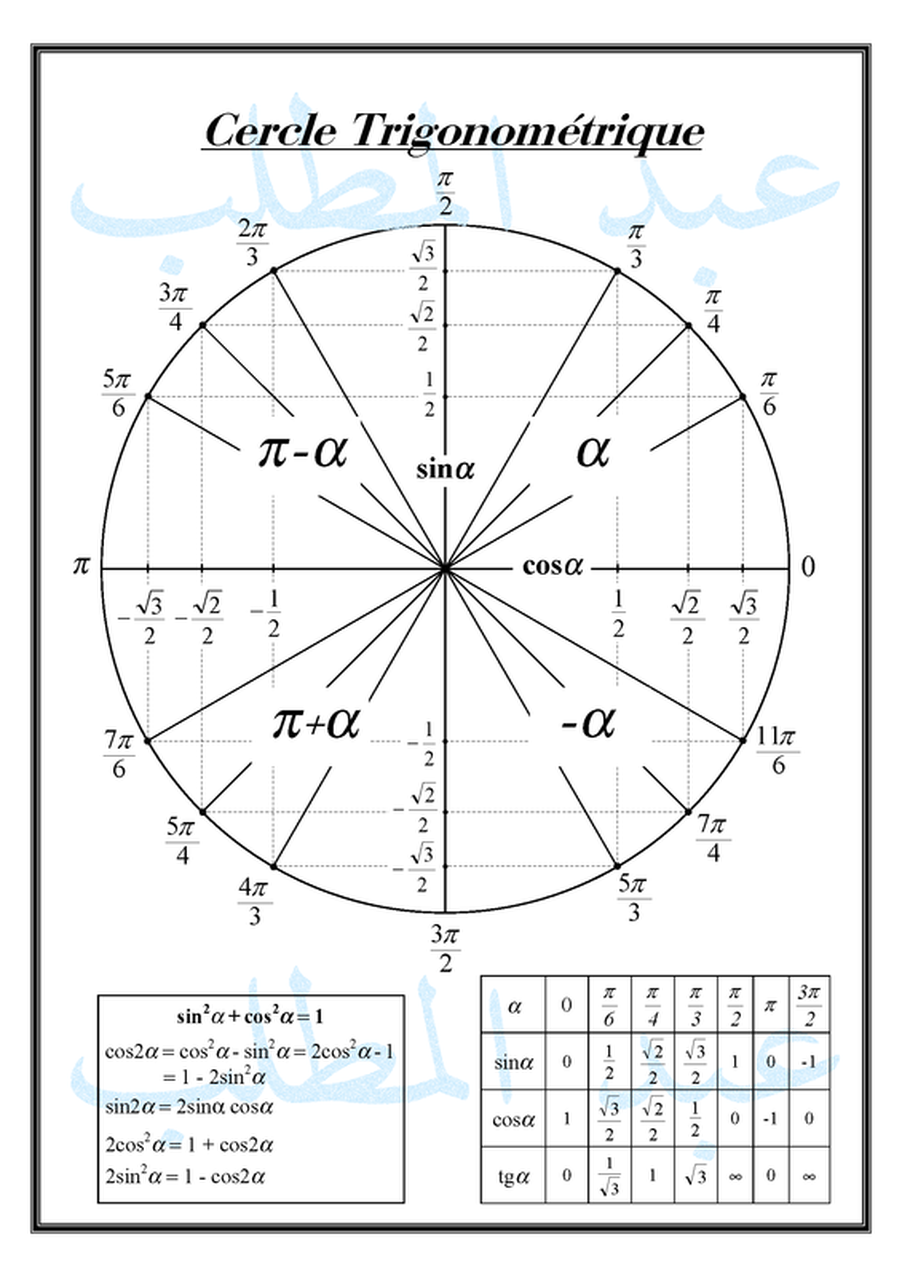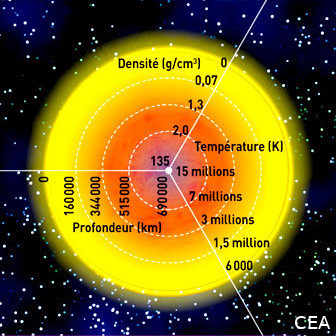in april , cassini was placed on an impact course that unfolded over five months of daring dives—a series of orbits that each passed between the planet and its rings. called the grand finale, this final phase of the mission brought unparalleled observations of the planet and its rings from closer than ever before.
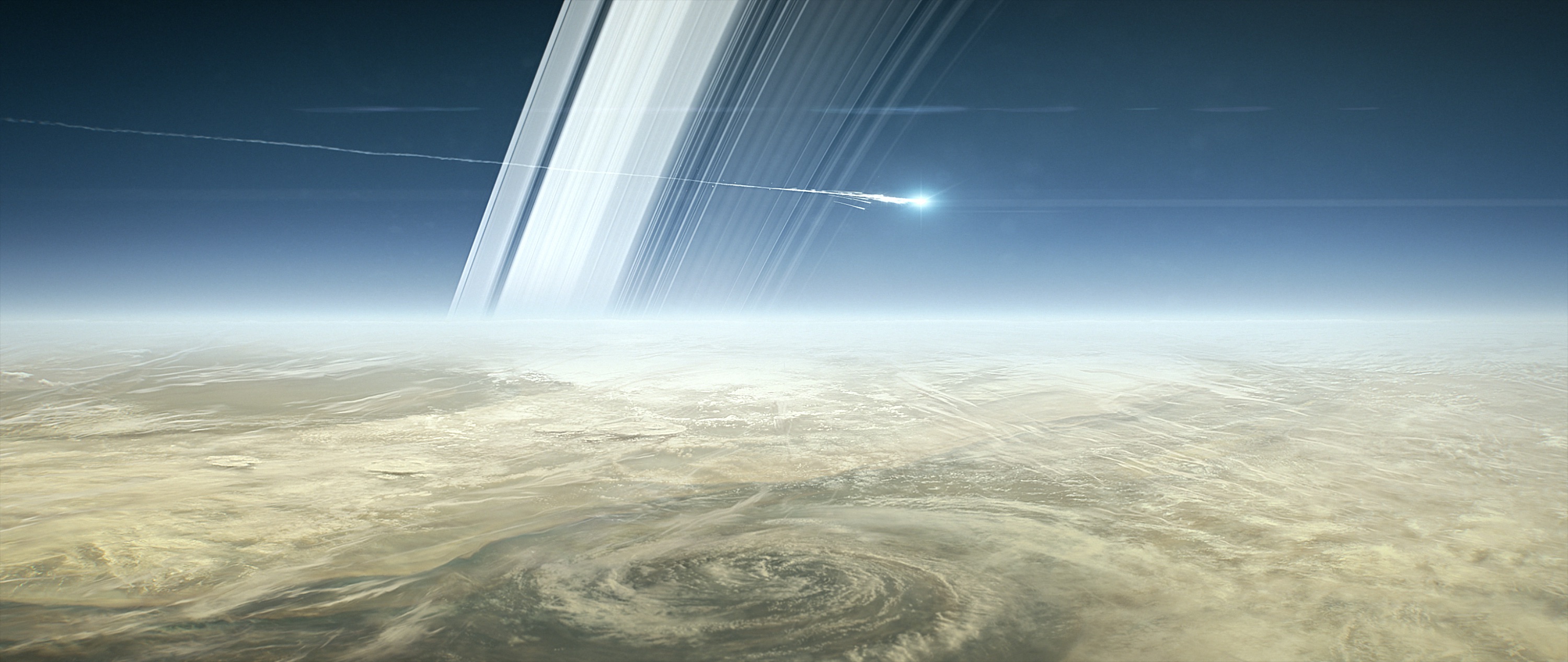
Vu sur esa.int

Vu sur saturn.jpl.nasa.gov
the grand finale orbits were so named because they not only carried cassini to its end, but because they were truly grand. the spacecraft flew through an unexplored region of the saturnian system, producing unique images and attempting to solve longtime mysteries, such as the mass of saturn's rings and the planet's following a final close flyby of saturn's moon titan, cassini performed a series of weekly dives between the planet and its rings — the mission's "grand finale." on its final orbit, cassini will plunge into saturn's atmosphere at tens of thousands of miles per hour, sending back new and unique science to the very end.

Vu sur i.vimeocdn.com
cassini has begun transmitting data including the final images taken by its imaging cameras in advance of its final plunge into saturn on . the spacecraft is in the process of emptying its onboard solidstate recorder of all science data, prior to reconfiguring for a nearrealtime data relay during the final plunge. the final chapter in a remarkable mission of exploration and discovery, cassini's grand finale is in many

Vu sur saturn.jpl.nasa.gov

Vu sur cassini-huygens.cnes.fr
original air date: march at p.m. pt ( p.m. et, utc) mission planning is a core strength of jpl the cassini spacecraft has spent the last two decades exploring saturn and its unique moons, making

Vu sur nasa.gov
the cassini spacecraft pulled off its final mission after years in space, and collected data as it crashed into saturn's atmosphere. read all about cassini's "grand finale" and its suicide plunge. summary. nasa's cassini spacecraft was destroyed at : bst (: pdt) as it plunged into saturn's atmosphere; the plan prevented it crashing into and contaminating the moons titan or enceladus, which could host alien microbial life; the spacecraft was torn apart and will now become part of the planet it has been

Vu sur nasa.gov
#eanf#
Vu sur saturn.jpl.nasa.gov

Vu sur saturn.jpl.nasa.gov
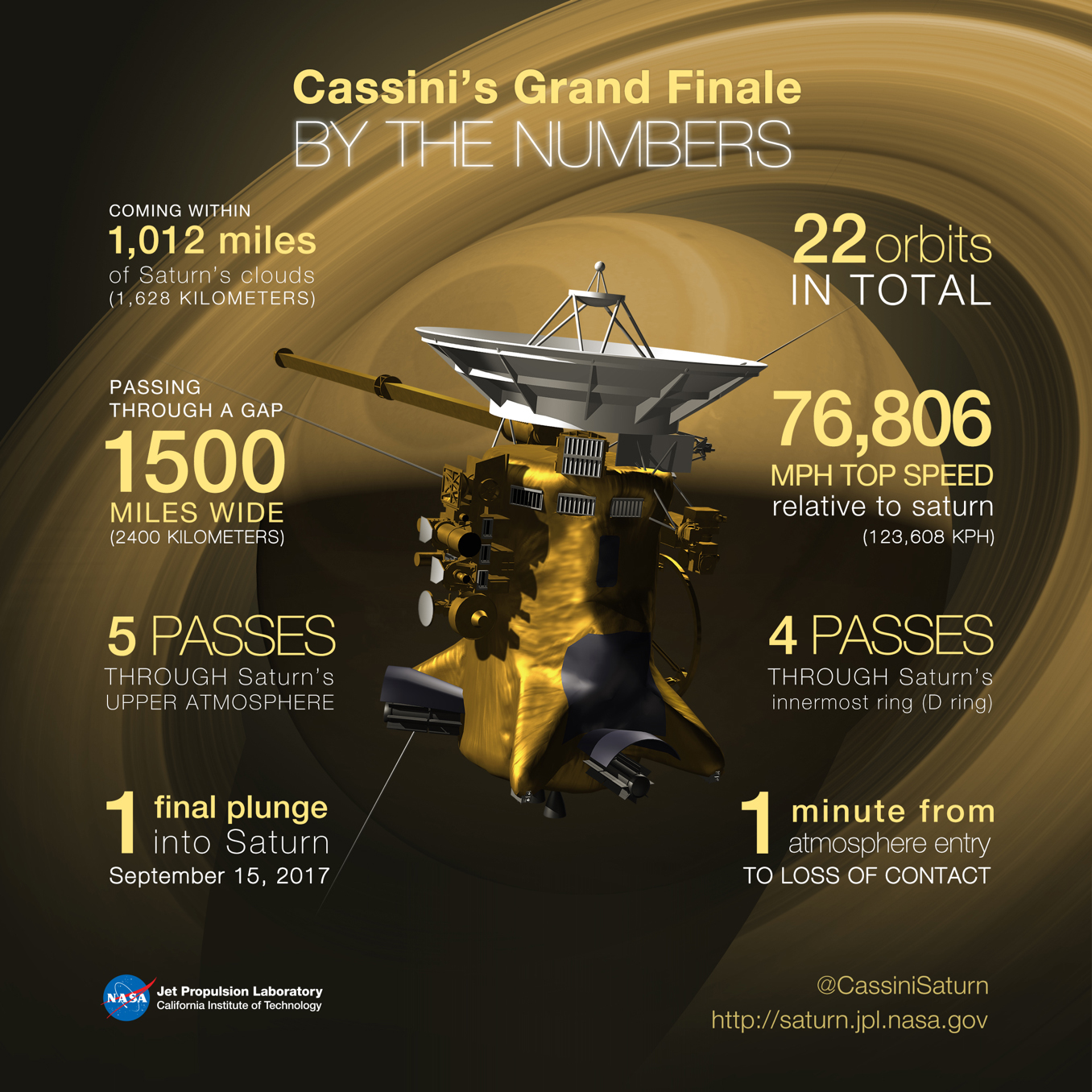
Vu sur blogs.esa.int


